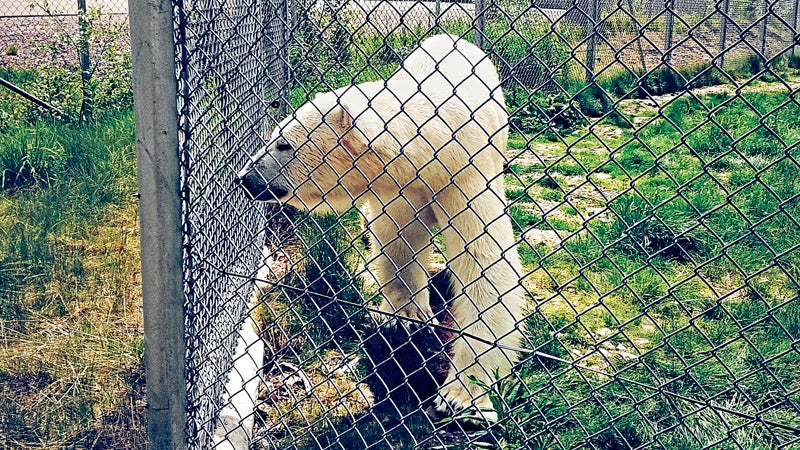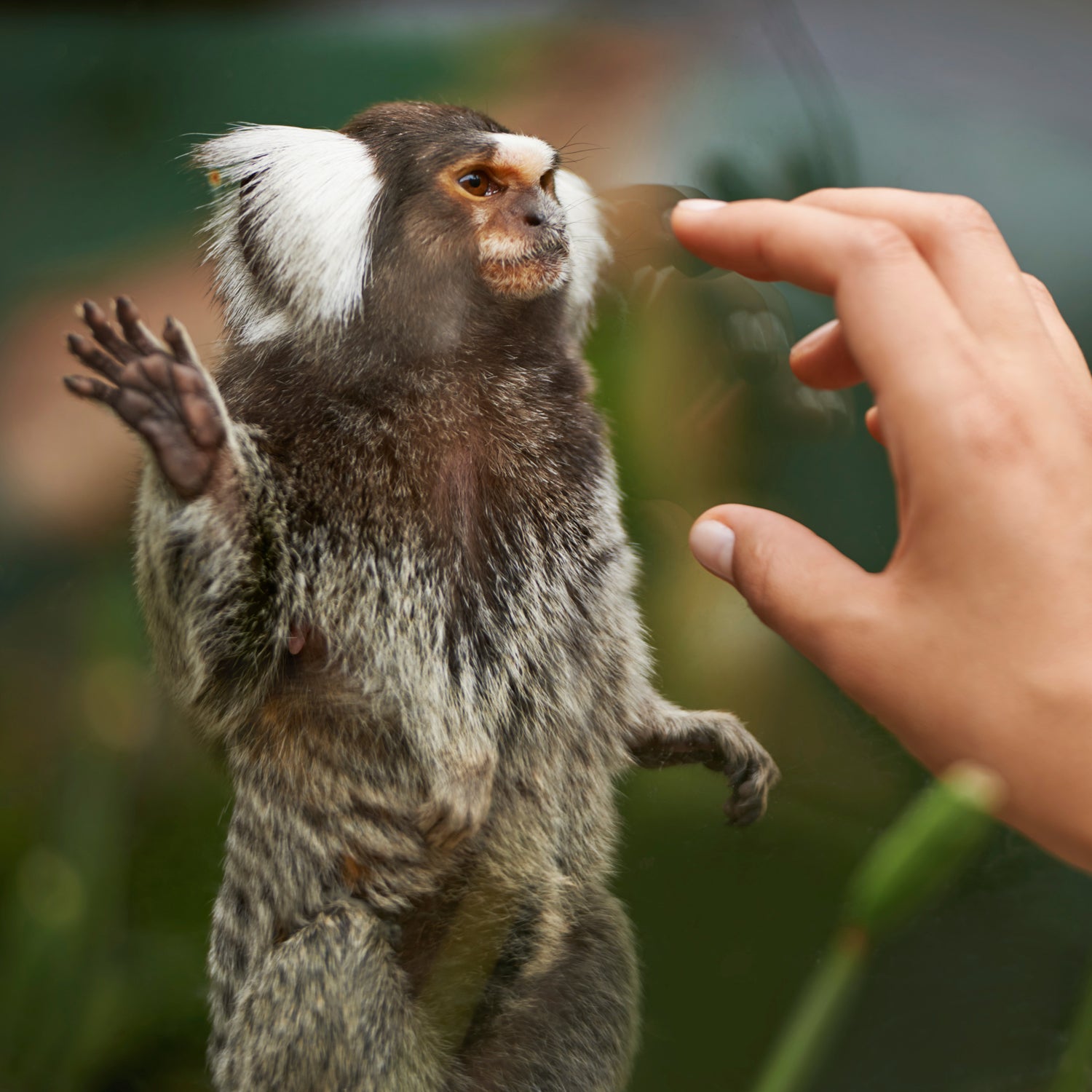Last November, my ten-year-old son and I watched a about killer whales moving into the Arctic as the ice cover shrinks. It was gripping stuff. An orca pod stalked a group of narwhals while marine biologists described the group dynamics of a hunt. My son was glued to the screen and full of questions. Understanding how kinetic and wide-ranging orcas are in the wild—and how compromised their lives are in captivity, a subject I’ve covered extensively over the past five years—is one reason that so many people are now calling for the closing of marine parks. The outcry is a long time coming, and the same logic applies to zoos. Watching my son light up in front of the screen, I wondered: If a Nature special can be so inspiring and educational, are there any good arguments for keeping animals in artificial enclosures that, at best, are only a fraction of the size of their natural habitats?
Zoos think so. For decades they have argued that seeing live animals helps educate and mobilize the next generation of conservationists, and the cites multiple studies. But a few years ago, sociologist Eric Jensen, who teaches at the University of Warwick in England, discovered that most of that research assessed whether visitors (instead of whether they actually learned anything). Worse, many of the studies excluded children, the very demographic that zoos claim they are trying to inform and inspire.
[quote]The average life span of a captive elephant is 17 years—39 years shorter than in the wild.[/quote]
Jensen set out to address these flaws by surveying almost 3,000 children before and after visits to the London Zoo. , published in the August 2014 edition of Conservation Biology, weren’t encouraging. On unguided visits, only 34 percent of students showed “positive” learning, meaning they gained new information, and 16 percent actually demonstrated “negative” learning, picking up false information. (The numbers were slightly better for guided visits.)
Against the murky evidence that zoos educate or inspire is a growing amount of research showing that the animals housed in them suffer. A 1980s analysis of necropsy reports from the much lauded San Diego Zoo, for example, found frequent malnutrition, injuries from transport and the use of anesthetics and tranquilizers, and incidences of both cannibalism and infanticide. Yes, zoos have worked hard to improve conditions for their animals since then, but a in the journal Nature revealed that 33 of the most popular animals in zoos—including lions and polar bears—still exhibit signs of being under stress, from pacing to higher infant mortality rates. There’s a reason Gus, the popular Central Park Zoo polar bear who was after developing a tumor, had his own therapist.

As we accelerate into an era of rapid human-fueled species loss, perhaps the most compelling argument for zoos is the Noah’s Ark one. Facilities like the Smithsonian National Zoo in Washington, D.C., and the Cheyenne Mountain Zoo in Colorado Springs have done important work supporting condors, giant pandas, and black-footed ferrets. The Association of Zoos and Aquariums reports that its 228 members are actively working to save 30 species. But that accounts for a small portion of zoo breeding; the reality is that most programs build and sustain zoo populations, not wild ones. “In American zoos there has never been an elephant that has gone from a zoo back into the wild,” says Lori Marino, a psychobiologist and executive director of the . “It is a one-way ticket.”
There was a time when zoos really were the only place to see exotic animals. Today you can experience our greatest creatures in other ways—on YouTube or PBS, for starters, in full HD. No, you’re not seeing the animals “live,” but at least they’re in their natural habitats, engaging in natural behaviors. Add in what we’re learning about the impact of confinement on many species and zoos with cages or even natural-looking enclosures become hard to justify. In 2013, Costa Rica announced a plan to close its public zoos. It’s time for the rest of the world to move the legitimately conservation-oriented breeding programs to spacious sanctuaries and preserves—where the public can still view the animals—and follow suit.


